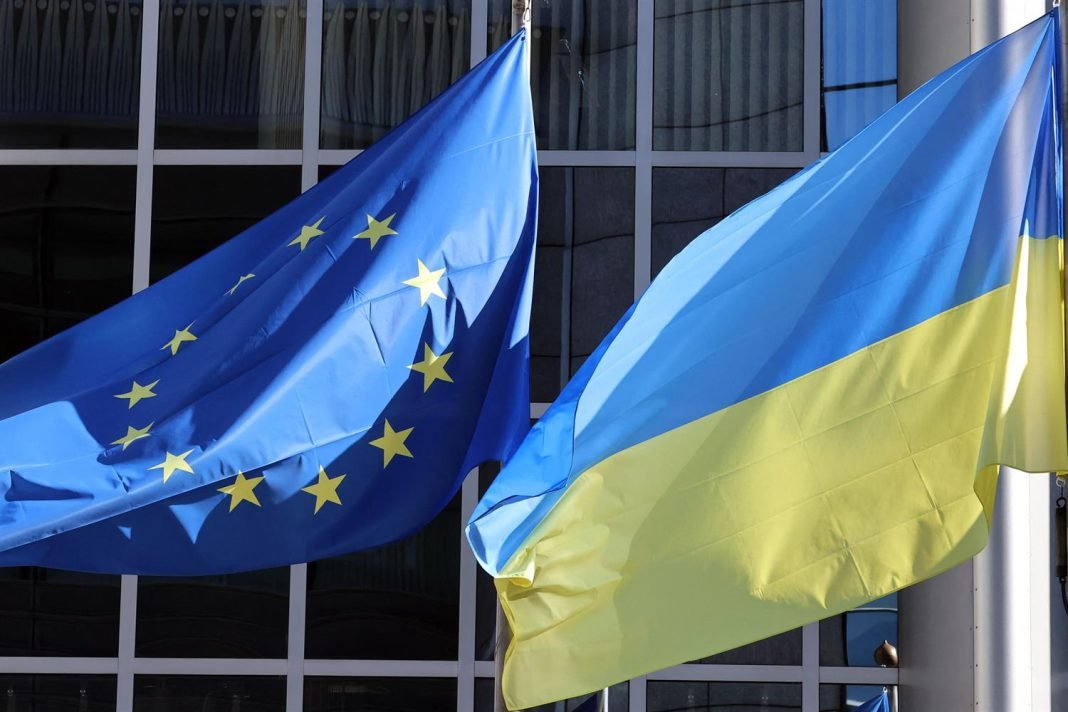Brussels, 20 June 2023 (TDI): The European Commission has put forth a proposal to establish a dedicated financing instrument, called the Ukraine Facility, aimed at providing comprehensive support for Ukraine’s recovery, reconstruction, and modernization.
The facility will operate from 2024 to 2027 and will offer coherent, predictable, and flexible assistance to Ukraine as it faces the challenges of a country at war.
The initiative demonstrates the EU’s commitment to Ukraine in the face of Russia’s ongoing aggression and its aspirations for EU membership.
Ursula von der Leyen, President of the European Commission, emphasized the need for stable financial support for Ukraine as it battles Russia’s invasion.
The EU has pledged to stand by Ukraine’s side for as long as necessary, and the proposal outlines an allocation of up to €50 billion from 2024 to 2027 to aid Ukraine in resisting aggression and rebuilding a modern and prosperous nation.
We are sending a clear signal to 🇺🇦: we will stand by you for as long as it takes.
We are proposing to set up a dedicated Facility to support Ukraine’s recovery, reconstruction and EU accession, which will provide €50 billion in grants and loans until 2027.
— European Commission (@EU_Commission) June 20, 2023
The funds will support Ukraine’s pursuit of European integration, including key reforms and investments on the path to EU accession.
Three pillars of the aid
The Ukraine Facility will consist of three pillars. The first pillar involves financial support to the Ukrainian government in the form of grants and loans. This support will provide a stable and predictable funding source while ensuring the protection of the EU budget.
To access this assistance, the Ukrainian government must prepare a comprehensive plan for the country’s recovery, reconstruction, and modernization, along with detailing the reforms and investments planned for EU accession.
The second pillar of the facility introduces a Ukraine Investment Framework that aims to attract and mobilize public and private investments for Ukraine’s recovery and reconstruction.
The third pillar involves technical assistance and other supporting measures, including the mobilization of expertise on reforms, support to municipalities, civil society, and other forms of bilateral assistance. It will also address initiatives responding to Russian aggression, such as enforcing international law regarding crimes committed by Russia on Ukrainian territory.
The facility’s overall amount is expected to reach €50 billion, covering both grants and loans, for the period 2024 to 2027. Grants will be mobilized through a new special instrument proposed in the context of the Multiannual Financial Framework mid-term review, while loans will be guaranteed through the headroom.
Also, contributions from other donors and revenue generated by frozen Russian assets may also be utilized for Ukraine’s recovery and reconstruction.
Mechanism and progress
Transparency, audit, and control mechanisms will be put in place to protect EU financial interests. The Ukrainian State’s audit and control systems will be enhanced as part of the reforms outlined in the plan.
Furthermore, the Commission will have the ability to conduct checks on project implementation, and an independent Audit Board will regularly report on fund utilization and provide recommendations.
The proposal will now undergo examination by the European Parliament and the Council within the framework of the mid-term review package for the Multiannual Financial Framework.
Once adopted, Ukraine will be invited to submit its plan, and the Commission will assess it before proposing adoption by the Council and establishing the conditions for accessing support under the facility.
The EU has demonstrated unity in condemning Russia’s actions and providing support to Ukraine. Over €70 billion has been extended by the EU, its member states, and European Financial Institutions, including aid to member states hosting approximately 4 million Ukrainian refugees.
A diligent individual with a Bachelor's in International Relations and currently pursuing a Master's in Political Science at the University of Cologne, Germany. With a strong academic background and a passion for understanding global politics, I aim to make a meaningful impact in the field of international affairs.








